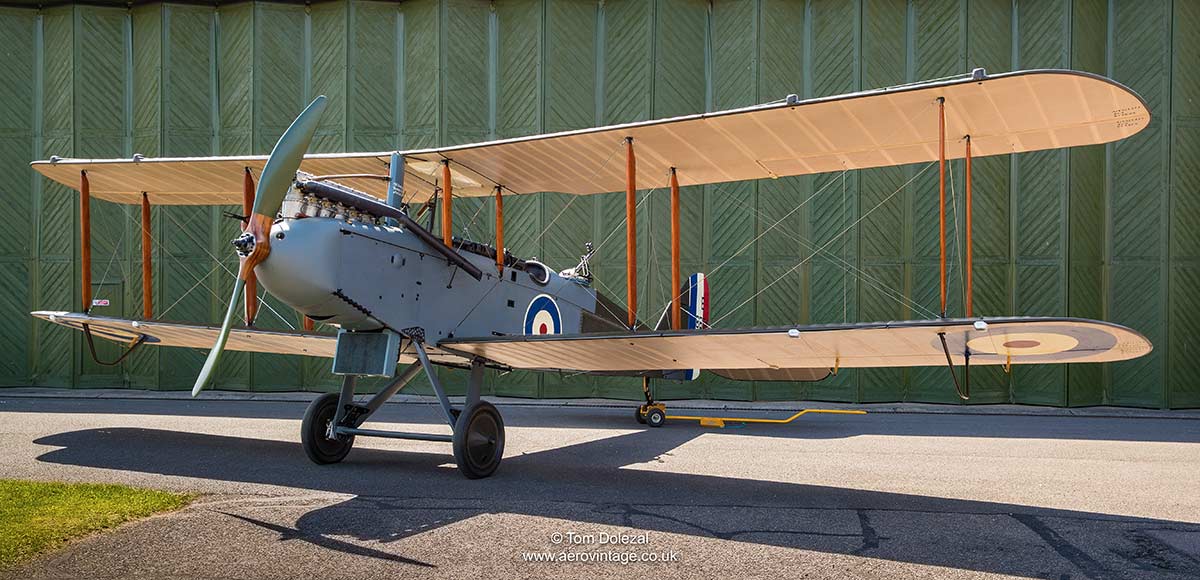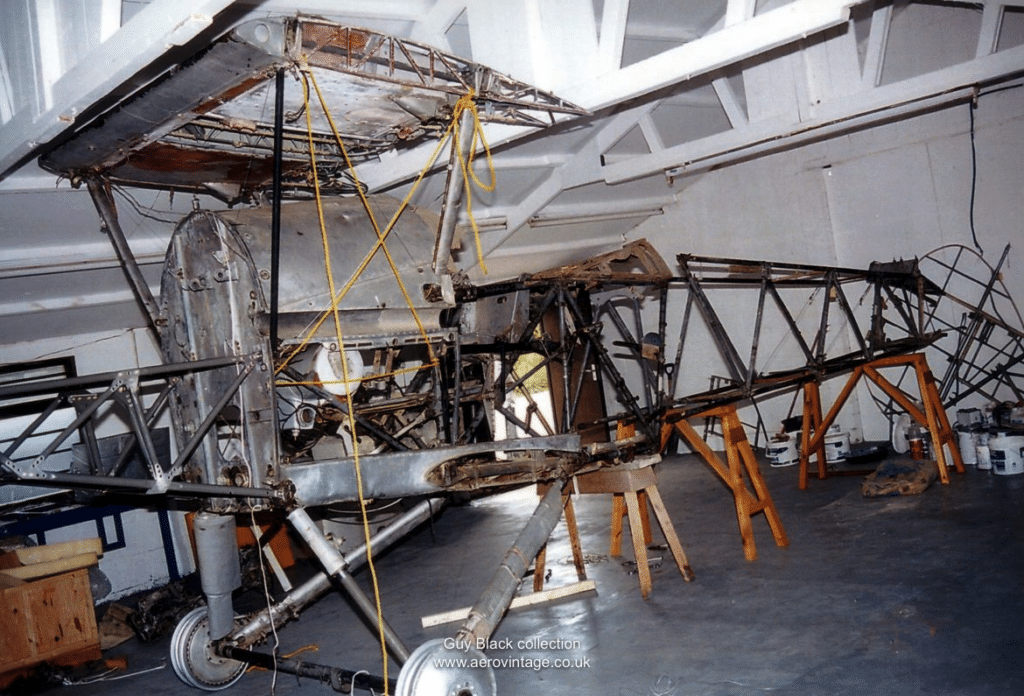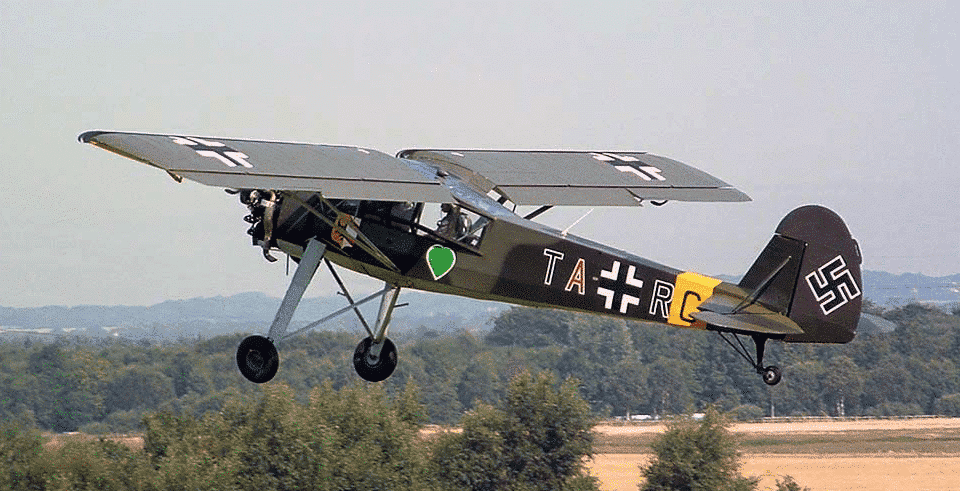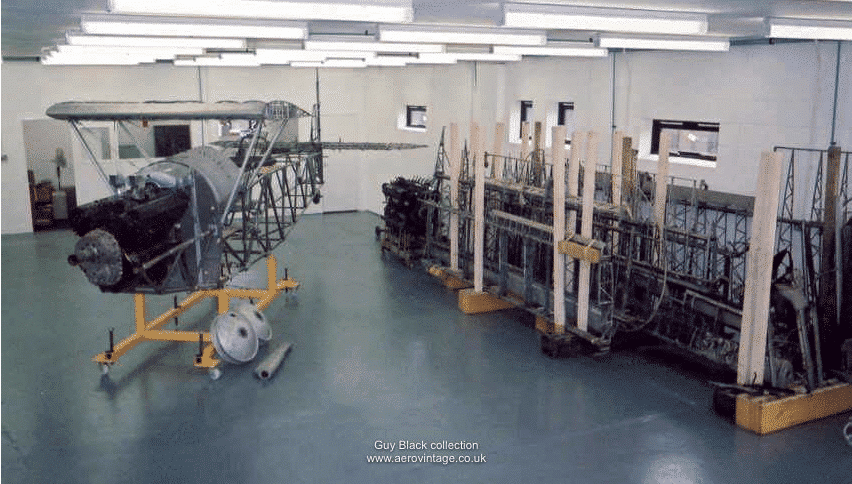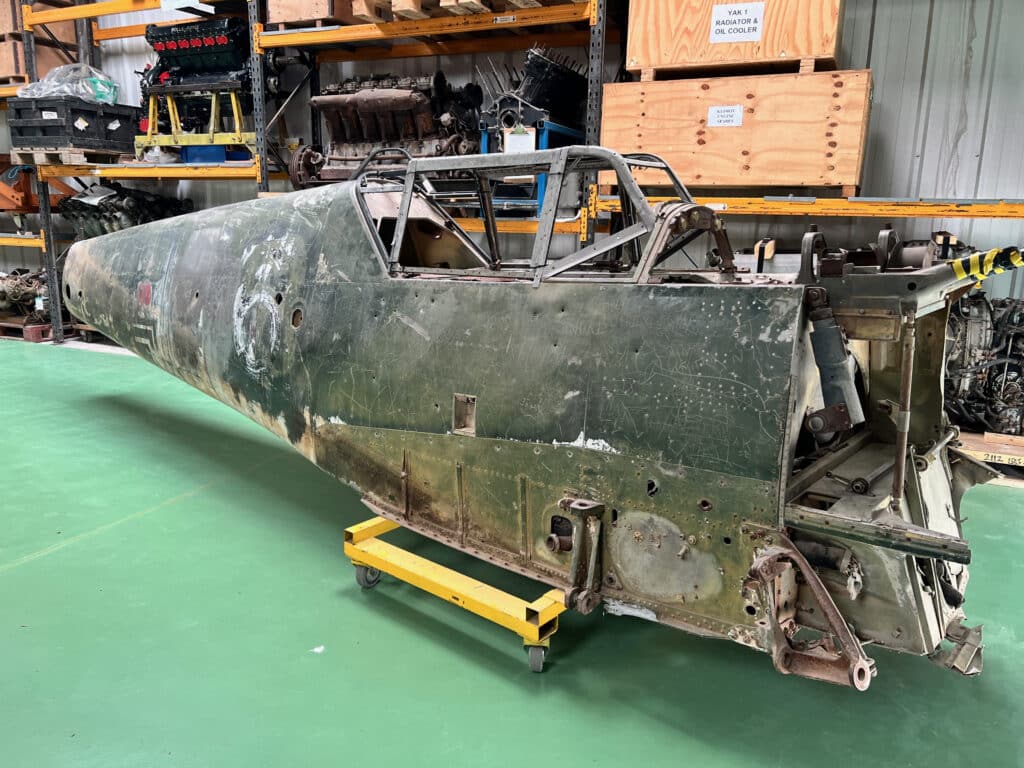Our Aircraft
Aero Vintage Ltd. has been at the forefront of vintage aircraft restoration since its inception, pioneering efforts to preserve and celebrate aviation history. Among the company’s earliest projects were two Spitfire restorations, initially outsourced to emerging restoration businesses. However, when the quality of work failed to meet expectations, Retrotec Ltd. was established as a sister company to bring the work in-house and ensure the highest standards of craftsmanship and authenticity.
Over the decades, Aero Vintage has worked on hundreds of rare and unique aircraft. This dedication was recognised in 2018 when founder Guy Black received the Lifetime Achievement Award from the Transport Trust for his outstanding contributions to the preservation and restoration of historic aviation. Today, Aero Vintage owns, operates, and restores a select collection of historically significant aircraft, each a testament to decades of expertise and passion for aviation heritage.
Explore our extraordinary collection below and experience the legacy of aviation history. For booking enquiries, please contact us today.

